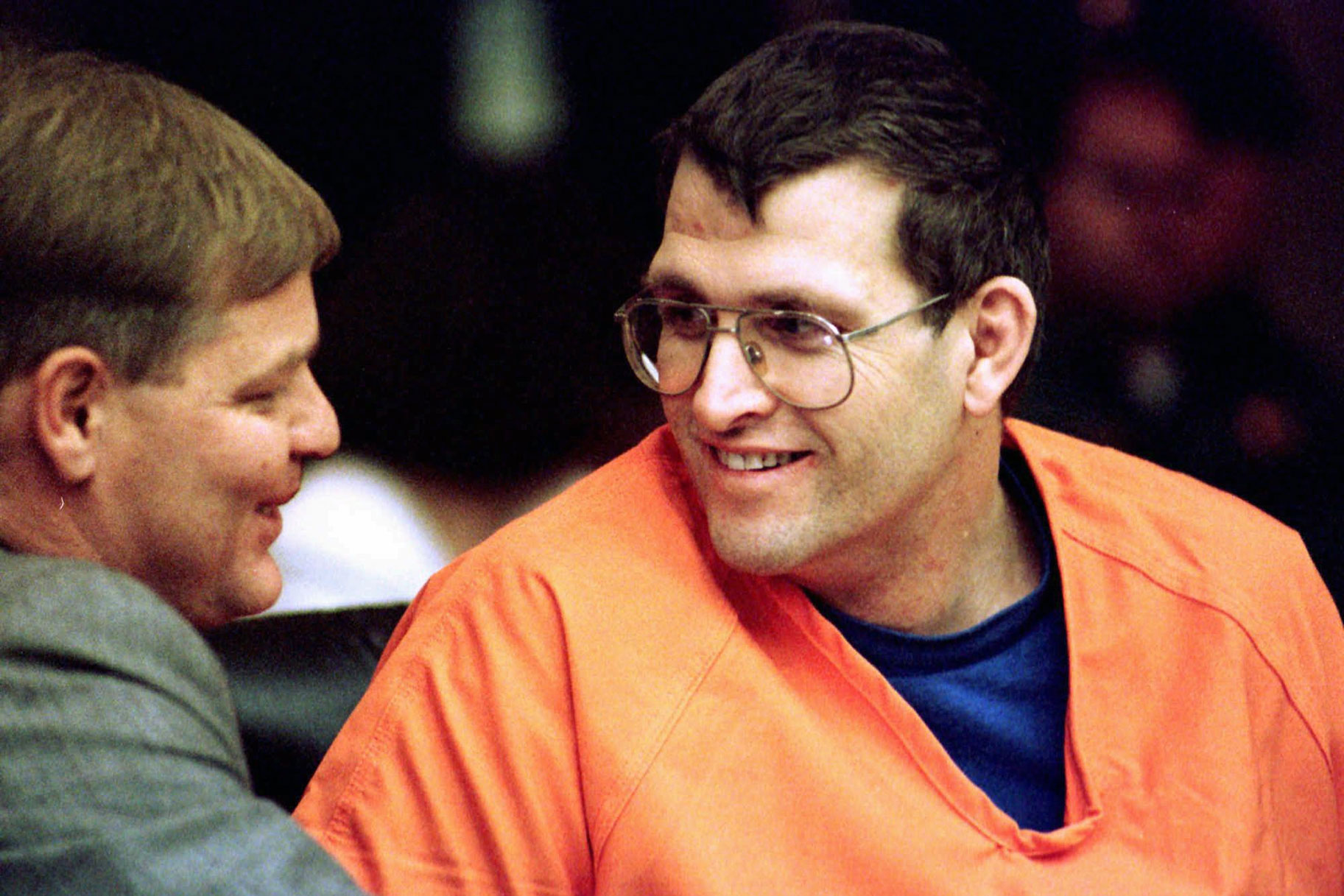Create a free profile to get unlimited access to exclusive videos, breaking news, sweepstakes, and more!
'Catching Killers' Reveals The Mistakes Law Enforcement Made In The Happy Face Killer Case
After police elicited a false confession from Laverne Pavlinac for the murder of Taunja Bennett, law officials refused to believe Bennett's murder could be the work of a serial killer. It was a costly error.

Before the serial killer dubbed the “Happy Face Killer” turned himself in, two others were wrongfully convicted of one of his vicious murders.
Taunja Bennett, 23, was killed by Keith Hunter Jesperson's in 1990 in Portland, Oregon. Jesperson would become known as "The Happy Face Killer" for the taunting letters he sent and decorated with smiley faces. But he was able to briefly escape detection for Bennet's rape and murder because a local woman named Laverne Pavlinac falsely confessed to the crime shortly after it happened.
Pavlinac, who was then 57, told police she had helped her partner John Sosnovske rape and kill the young woman.
John Ingram, who was the lead detective on the case, explains in Netflix’s new series “Catching Killers” that he thought of Pavlinac as a mother or grandmother, and that he genuinely and sometimes stubbornly believed her story, despite the fact that she later admitted making it up as revenge against Sosnovske for domestic abuse. Ingram details in the show that she also appeared to know the general area where Bennett’s body was discovered, a detail that pushed him to believe her further. A note found in Sosnovske’s possession also appeared to mention the murder victim.
Within a year, Pavlinac was sentenced to life in prison for her “role” in the killing following a murder conviction while Sosnovske was also sentenced to life after pleading no contest to the slaying.
Ingram cries in "Chasing Killers" as he recalls how he escorted Pavlinac to her holding cell, noting that he felt as though he was locking up a maternal relative. He broke down explaining how she looked into his eyes and gave him a hug.
Jim McIntyre, the deputy district attorney on the case, told the show’s producers that the woman “had those investigators charmed” and that she had “control” over them. He described Ingram’s connection to her as Stockholm Syndrome.
Meanwhile, Jesperson continued his killing spree, all while law officials refused to listen to other theories on the case. He eventually killed eight people.
Phil Stanford, a renowned journalist, who was working at The Oregonian at the time suspected that Pavlinac’s claims were false. Not only was there no physical evidence linking the couple to the young woman’s murder, but the actual killer began writing his now-notorious letters confessing to her murder and several others.
Stanford wrote a series of columns in 1994 in which he tried to prove that Pavlinac and Sosnovske were wrongly convicted of Bennett’s death and that a serial killer was to blame instead.
However, law officials didn’t take him seriously.
McIntyre admitted in ”Catching Killers” that he didn’t read any of those columns. In fact, he dismissed Stanford's writing as both “ridiculous” and “nonsense.”
Stanford felt rejected by his earnest attempt at justice.
“Oh of course the DA will see this and [...] say we made a mistake,” he says in the new series. “Of course that was foolish of me.”
In the end, though, the journalist who gave the serial killer the name “Happy Face Killer” was proven right.
Jesperson was ultimately caught after he was linked to evidence from his final victim Julie Winningham, whom he killed in Washington in 1995. He then confessed to all the murders, including Bennett’s. He was able to lead police to Bennett's purse and provide other details about the killing that hadn’t been released to the public. Pavlinac and Sosnovske were released from prison as a result and Jesperson is currently serving life without any possibility of parole.


























